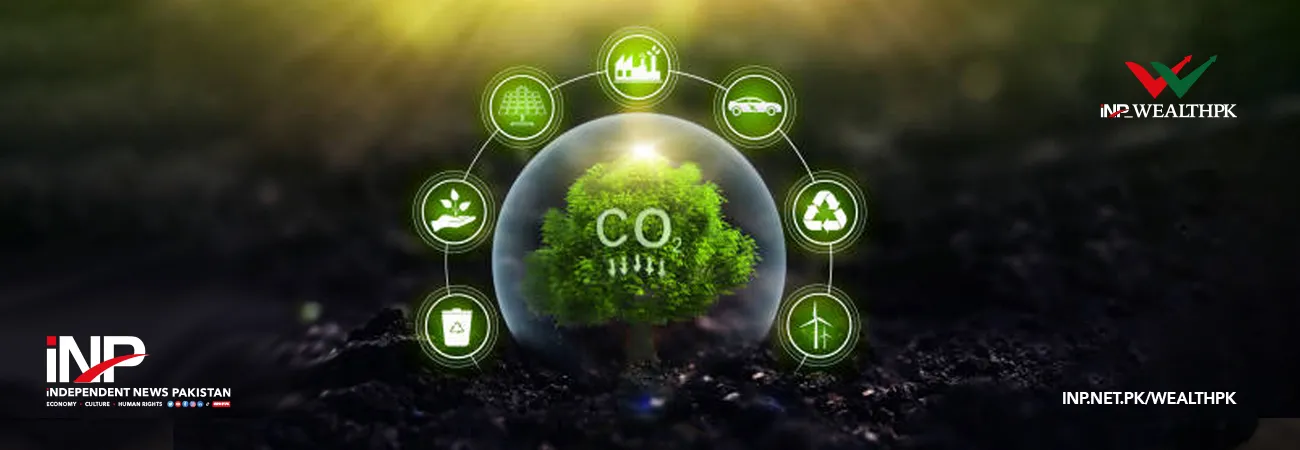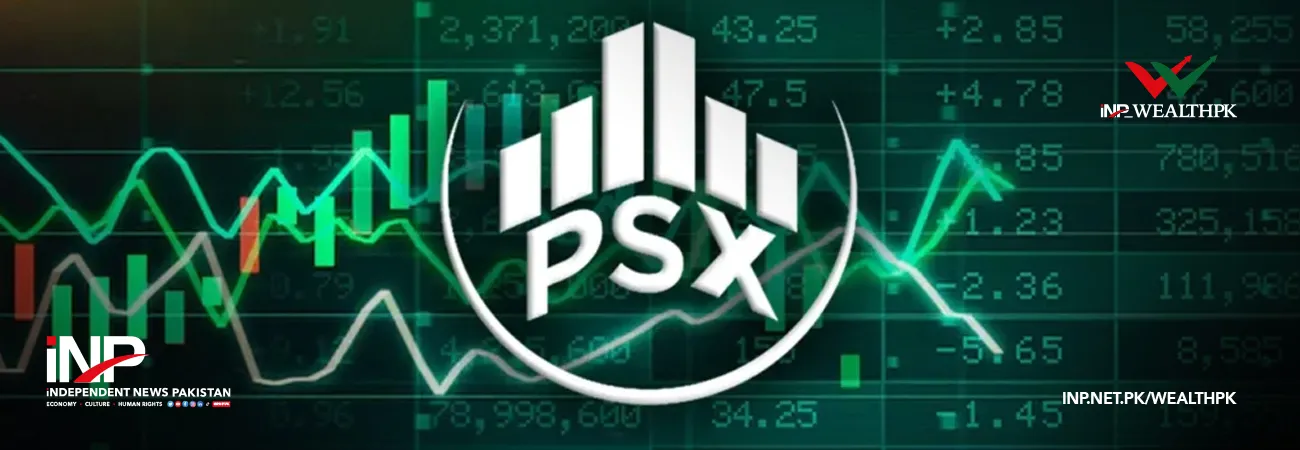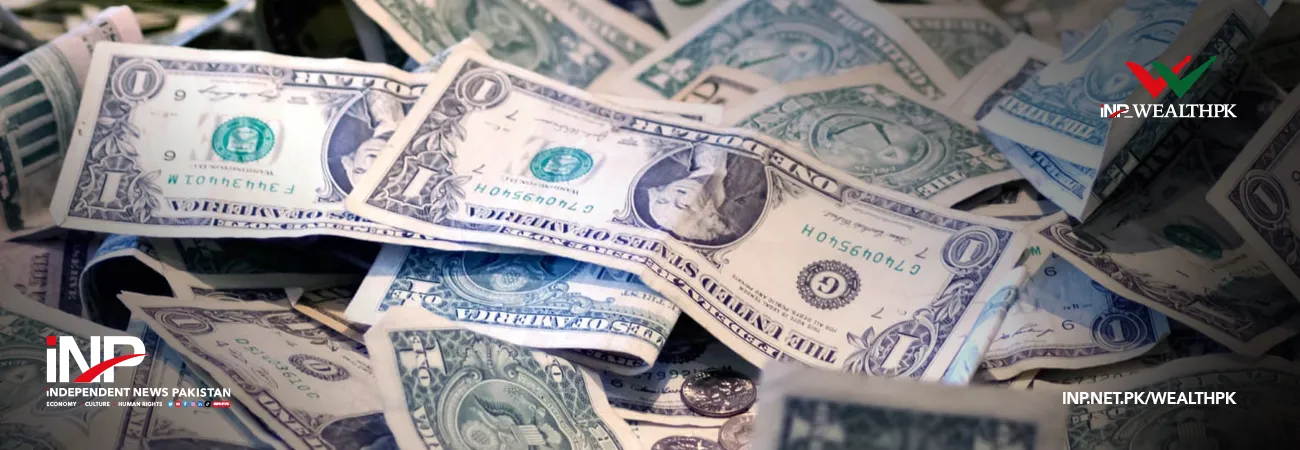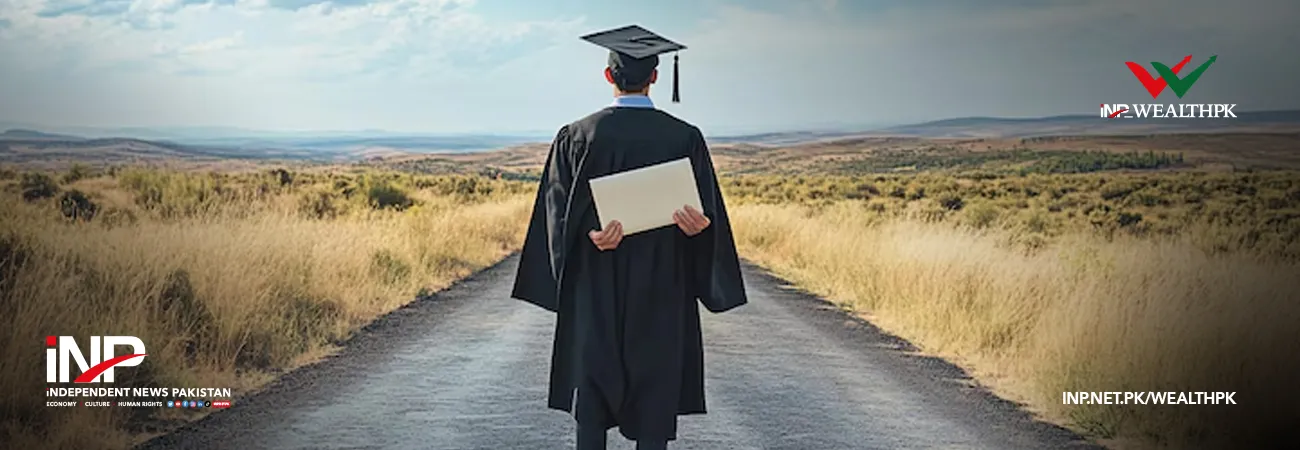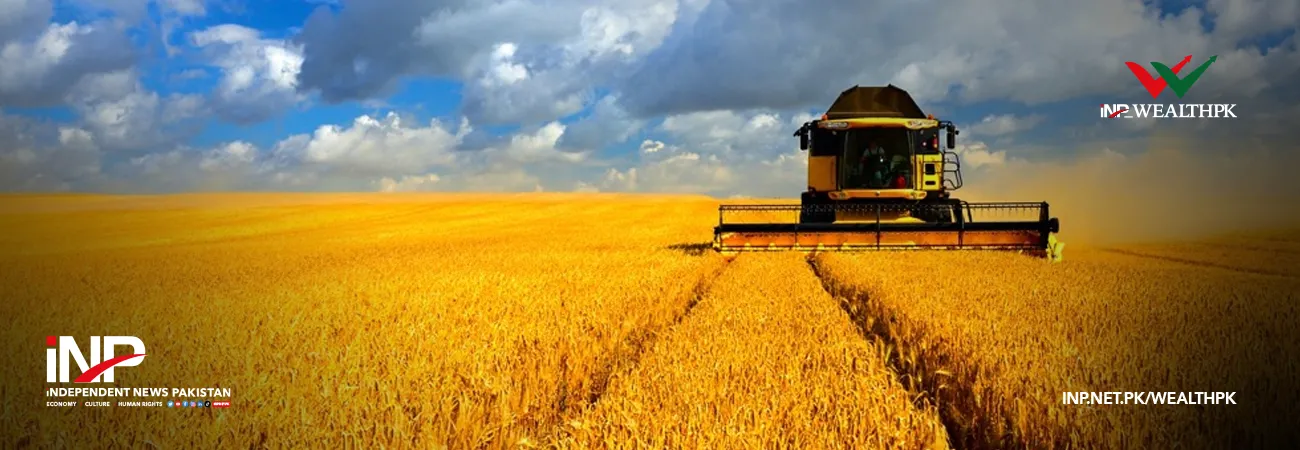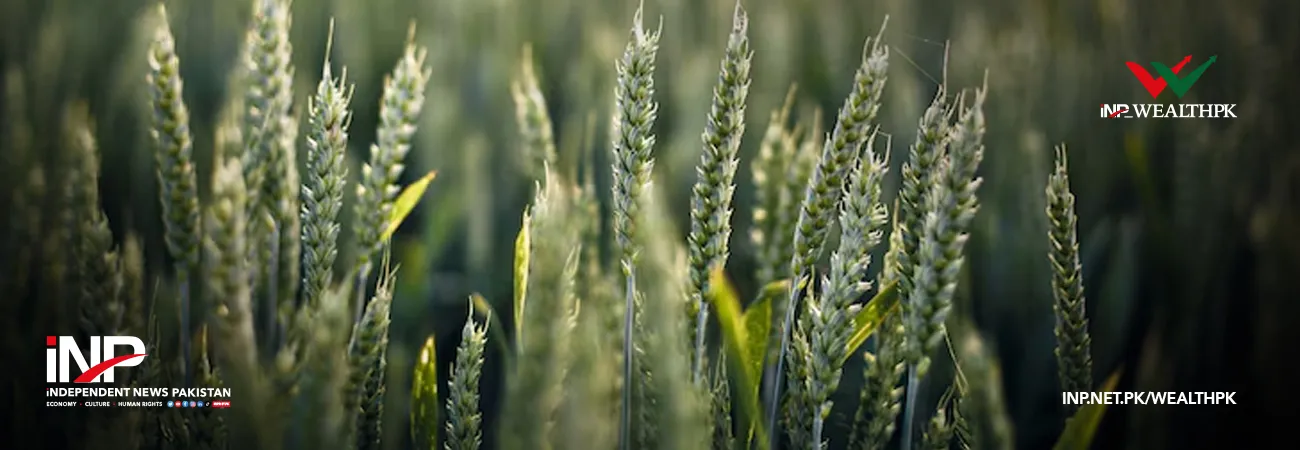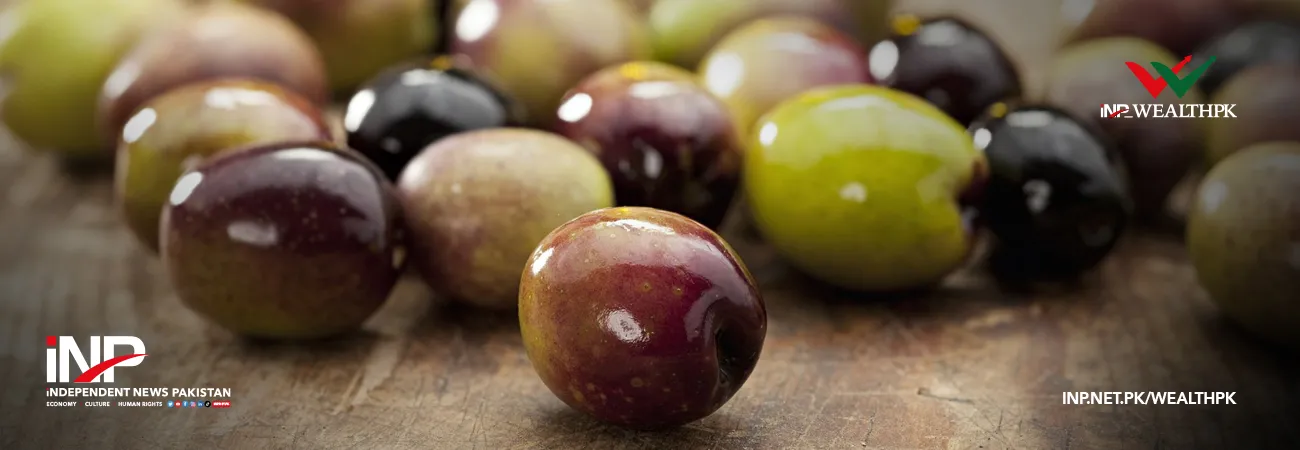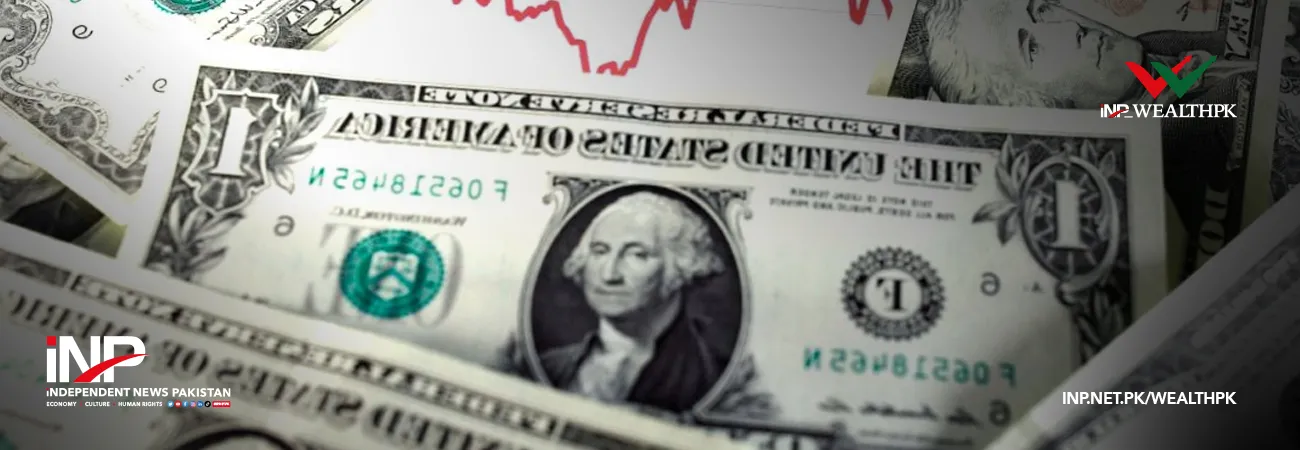INP-WealthPk
Faiza Tehseen
Pakistan needs to incorporate a robust emission trading framework (ETF) into its greenhouse gas emissions reduction strategy to combat environmental pollution and accelerate the transition to a low carbon economy.

“Aligning economic incentives with environmental objectives can foster a sustainable future for the country. Revenue generation through carbon credits’ trading can be reinvested into green innovation and climate resilient infrastructure that will further accelerate the transition to a low carbon economy,” said Dr Khalid Waleed, an energy expert at Sustainable Development Policy Institute (SDPI) .
Talking to WealthPK, he said that industrial decarbonisation, particularly in the steel sector, is critical. “Steel manufacturing is considered as the backbone of industrial growth, but without decarbonisation and efficiency, it can be a liability. So, the integration of sustainable technologies and smart management in industrial units is a must.”
Waleed said: “Establishing ETF will provide economic incentives and allow industries to buy and sell carbon credits, aligning Pakistan’s commitments with the Paris Agreement. ETF will also act as a strong tool to attract green investments while supporting adaptation and mitigation efforts in different sectors, including agriculture, forestry, waste management, and energy.”
He said: “An industrial decarbonisation initiative is necessary to be launched to align economic growth with environmental responsibility. The rising threat of the EU’s Carbon Border Adjustment Mechanism (CBAM) can beat Pakistan’s global competitiveness by penalising its carbon intensive exports.”
Waleed said that climate-driven energy demands and the need for innovative financing mechanisms underscore the ongoing efforts like energy efficiency policies, electric vehicle infrastructure, and industrial regulations. “Through collaborative technology transfer, local industries can also be transformed into energy-efficient models.”
He said: “The current national carbon market policy is not well supportive of sector-specific coverage, particularly in high emission sectors, including transportation, cement and steel. ETF can be made more effective by encouraging investments in renewable energy, and carbon capture and storage (CCS) through public-private partnerships.”
Waqas Idrees, an energy specialist at the World Bank, emphasised that energy efficiency and decarbonisation are no longer optional but central to future trade competitiveness. “Though Pakistan’s industrial sector is efficient in some areas, it still has major gaps — consuming 2.4 megajoules per US dollar of GDP. This rate is far higher than neighbouring countries.”
He said: “Energy-intensive industries like textile, cement, and steel account for nearly 37% of national energy use. Long-term development pathways in Pakistan must balance emissions’ cuts with economic growth. So, simulating emissions scenarios, policy pathways, and capacity-building across cement, steel, and textile sectors can help in developing sector-specific roadmaps and compatible pilot carbon market mechanism projects.”
Idrees said that there is a lack of a structured decarbonisation plan in Pakistan’s industrial sector. “Current GHG inventories focus primarily on energy, agriculture, and forestry, while industrial data remains weak. The limited data availability in “hard-to-abate” sectors, including steel, is making it difficult to integrate with emission reduction goals in a streamlined manner.”
“The establishment of a smart subsidies mechanism for a comprehensive ETF is necessary to effectively reduce Pakistan’s GHG emissions. It will be helpful in meeting the country’s climate commitments and mitigating the adverse effects of climate change,” Idrees noted.
According to SDPI data, EU’s CBAM could levy steep tariffs on carbon-intensive imports. Under a standard scenario, importing 100 metric tonnes of steel into Europe could result in a €90,000 carbon tax without a domestic carbon tax in place — three times higher than if Pakistan had a local levy of €20 per tonne. This shows how domestic carbon pricing can influence trade competitiveness.
So, it is high time for decisionmakers to consider the situation and adopt necessary measures not only to cope with the situation but also to earn handsome economic benefits to strengthen the country’s economy.
Credit: INP-WealthPk



